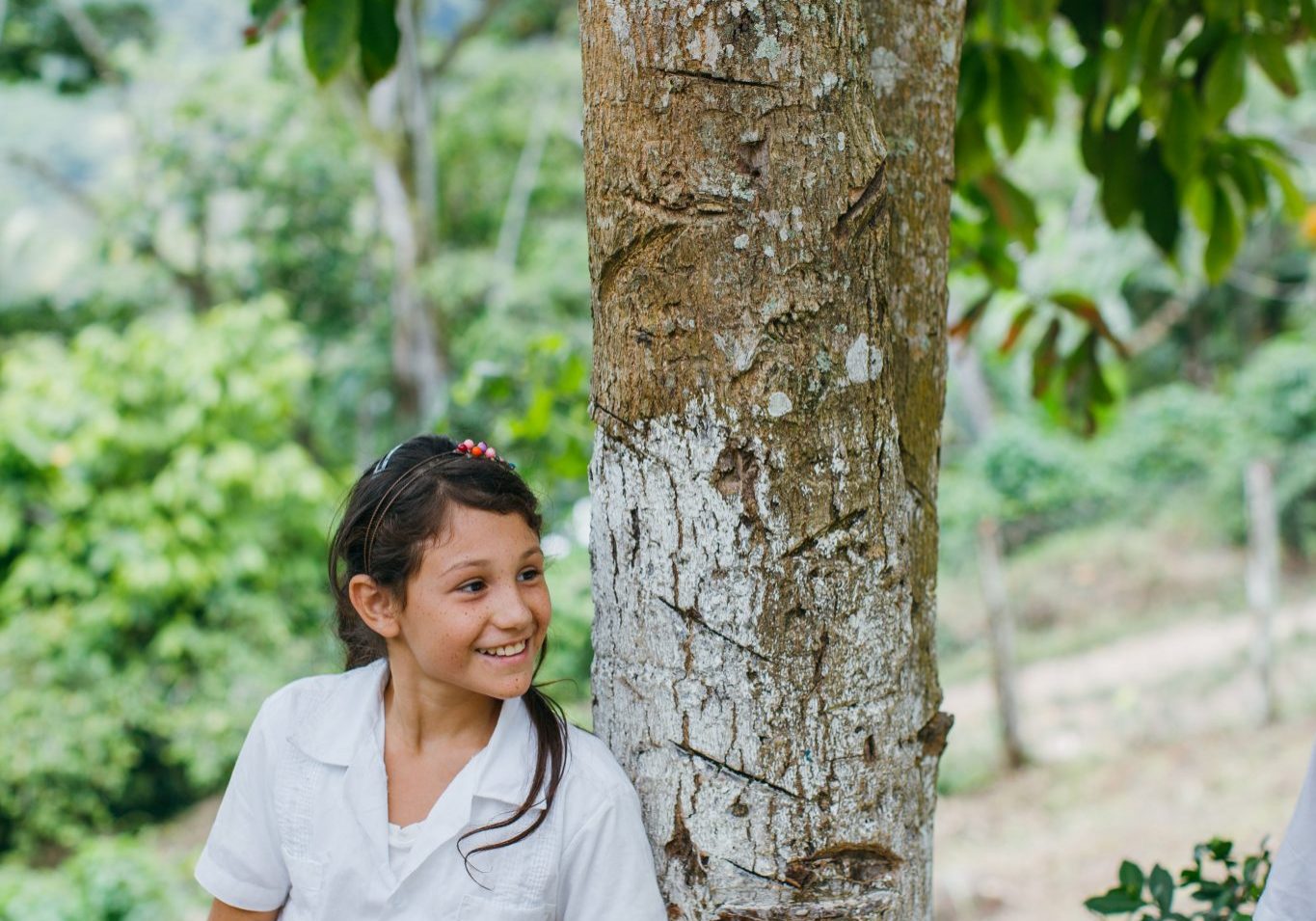Water For People promotes the values of equity and inclusion in the context of the Total Coverage Forever model. Achieving Full Coverage ensures personalized programming that targets certain groups and finds solutions that compensate for disadvantages based on race, sex, religion, national or social origin, and other marginalized statuses.
This involves taking an extra step to reach last-mile populations and direct efforts to ensure that water and sanitation are accessible and affordable for all segments of the community.
Water For People aligns with the philosophy of the sector Leave No One Behind and the following definitions within the WASH sector.

Proposal for intervention models in water and sanitation in the dispersed rural area of Honduras
The project "intervention models for the dispersed rural area of Honduras" – executed by the NGO Water For People and systematized by IRC – tries to demonstrate the feasibility of the forms and models to provide services to this segment of the population. The first step in this process has been to put the communities on everyone's map. Through mapping and diagnosis, we have obtained more information about the number of communities and the population in dispersed rural areas, as well as the size of the problem. We estimate that around 380,000 people in dispersed rural areas lack improved water and sanitation services.
In the three municipalities where the project intervenes (El Negrito, San Antonio de Cortés and Chinda), an inventory has been made of the dispersed communities and their water situation. Through this process, dispersed communities are now on the radar of municipalities. And this makes them begin to look for solutions to the situation. As the mayor of El Negrito, Delvin Salgado, said: "we have a vision of total coverage, and now that we know the dispersed rural area, it also means serving this area."
The project is now in the process of piloting different types of solutions in communities such as Rivera de las Minas and Nueva Esperanza. And there are many questions to answer in this. But the main step has been taken: putting dispersed rural areas on the map of the authorities. This is the first thing to ensure that no one is left behind.



